Aprilia Tuono 457 First Ride Review
You can now have the spine-tingling experience of the Aprilia RS 457 in a spine-friendly package. Say hello to the Tuono 457!
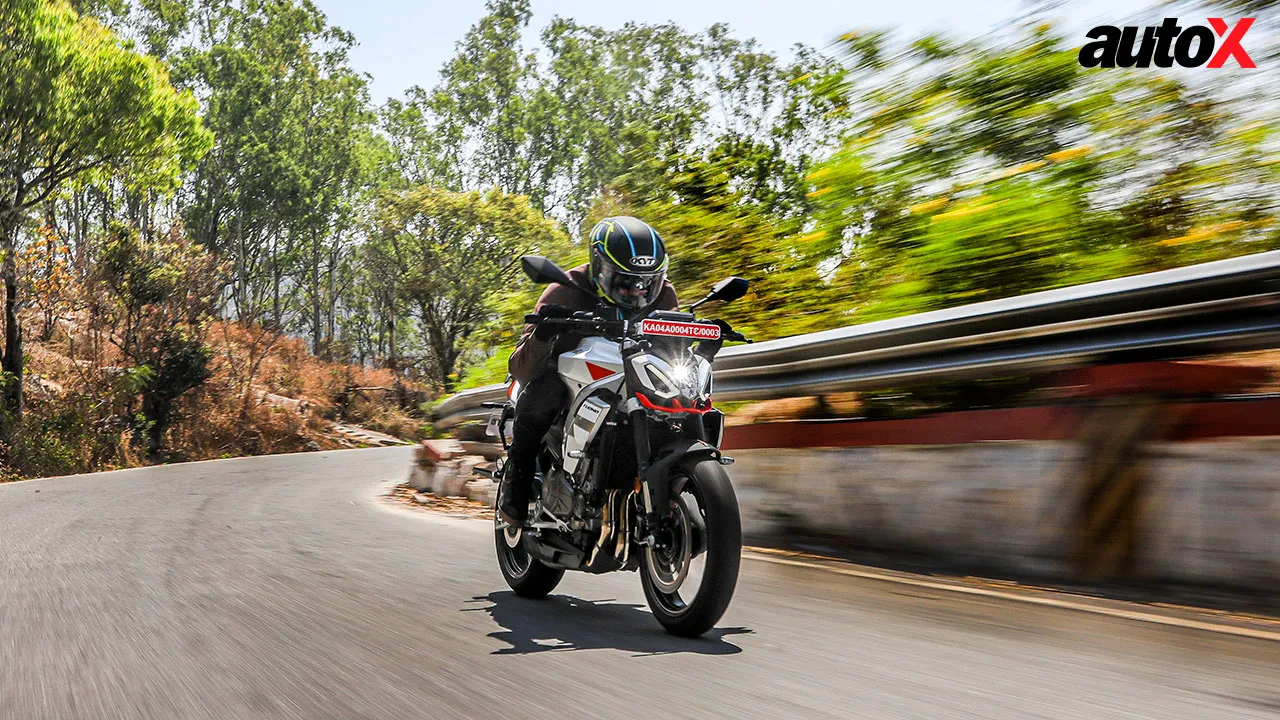
The Aprilia RS 457 – don’t even get me started on how much I adore that motorcycle, or I’ll end up rambling about it like a broken record. Let’s just say that it’s a motorcycle that tugs at my heartstrings like few machines ever have. It’s also something that has been a constant threat to my savings and investment plans for the past year or so, as I’ve been toying with the idea of buying one for quite some time.
So, why haven’t I taken the plunge yet? Well, as much as I love the RS 457, there’s no denying that it’s a bit too racy and committed to be an everyday companion.
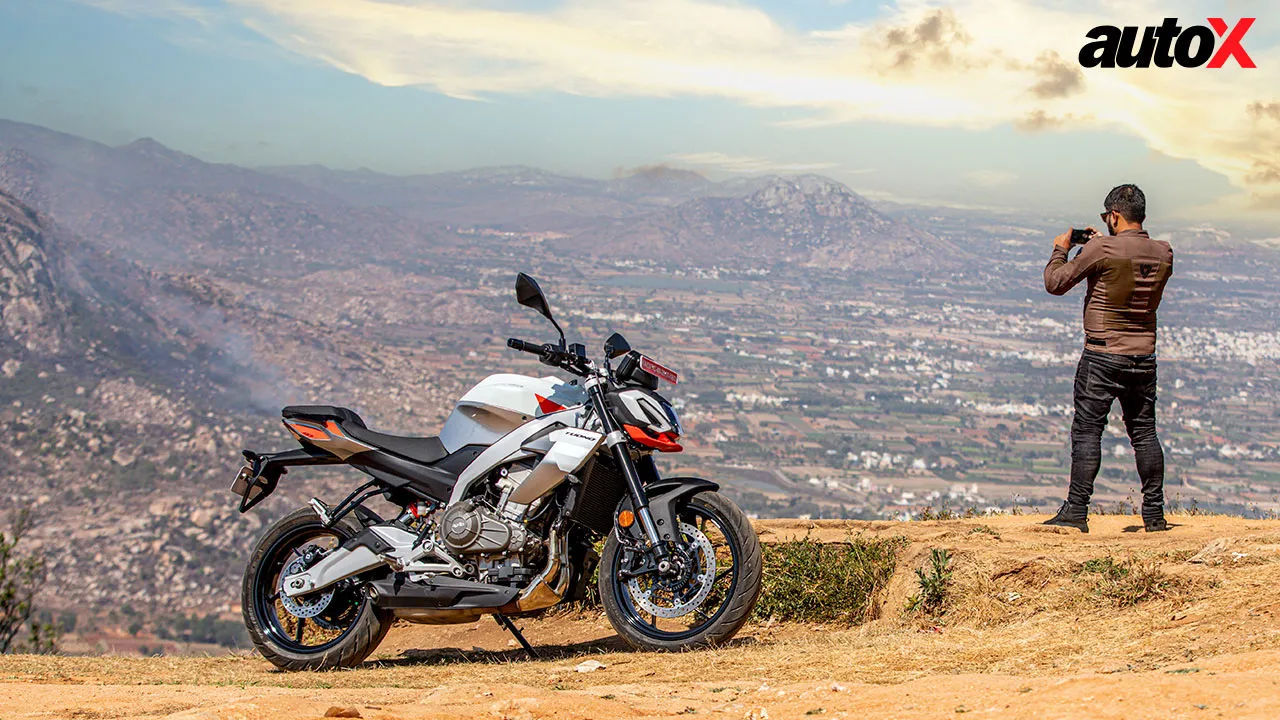
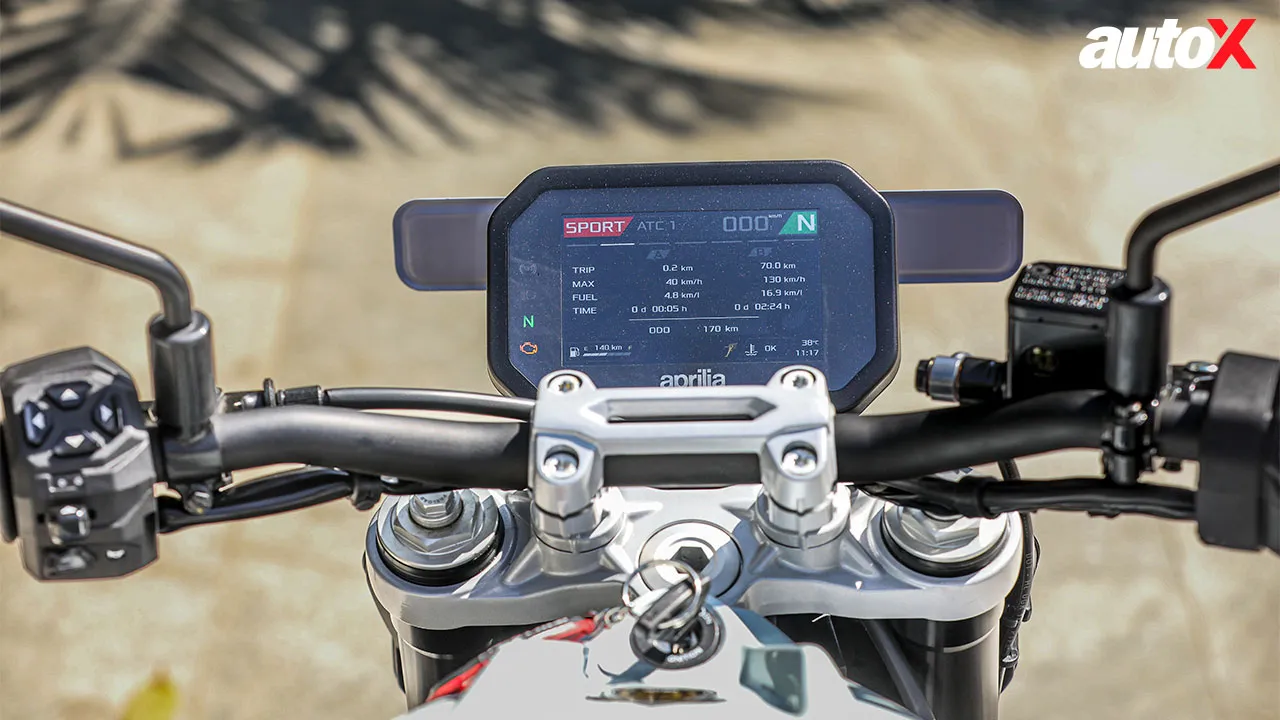
Aprilia is well aware of this conundrum – one that I, and many others like me, find ourselves in. In fact, if Aprilia is to be believed, they knew it from the get-go, which is why they started the development of a more street-friendly version of the RS 457 almost simultaneously with the fully-faired version. The result? The arrival of the brand-new Aprilia Tuono 457 in just over a year after the RS 457 made its market debut.
Now, the question is – does this spine-friendly upright roadster version of the RS 457 offer the same soul-stirring riding experience of its fully-faired counterpart? We took it for a spin around Nandi Hills in Karnataka to find out.
Bare It All
The naked version comes without the fairing – a rather obvious fact, but one that makes a huge difference. You see, while the RS 457 mimics the bigger RS versions in the family, the Tuono 457 doesn’t quite share the same family resemblance with other Tuono models. It follows a completely different design philosophy, featuring a bug-eyed face instead of the semi-faired design of the current Tuono 660 and 1100. Aprilia says the Tuono 457’s face is inspired by older Tuonos – there’s definitely a hint of the 1000R in its design, especially with that chin spoiler. But if I’m being honest, it doesn’t quite do it for me. That Anglo-Indian face of the Tuono, well, it’s an acquired taste for sure.
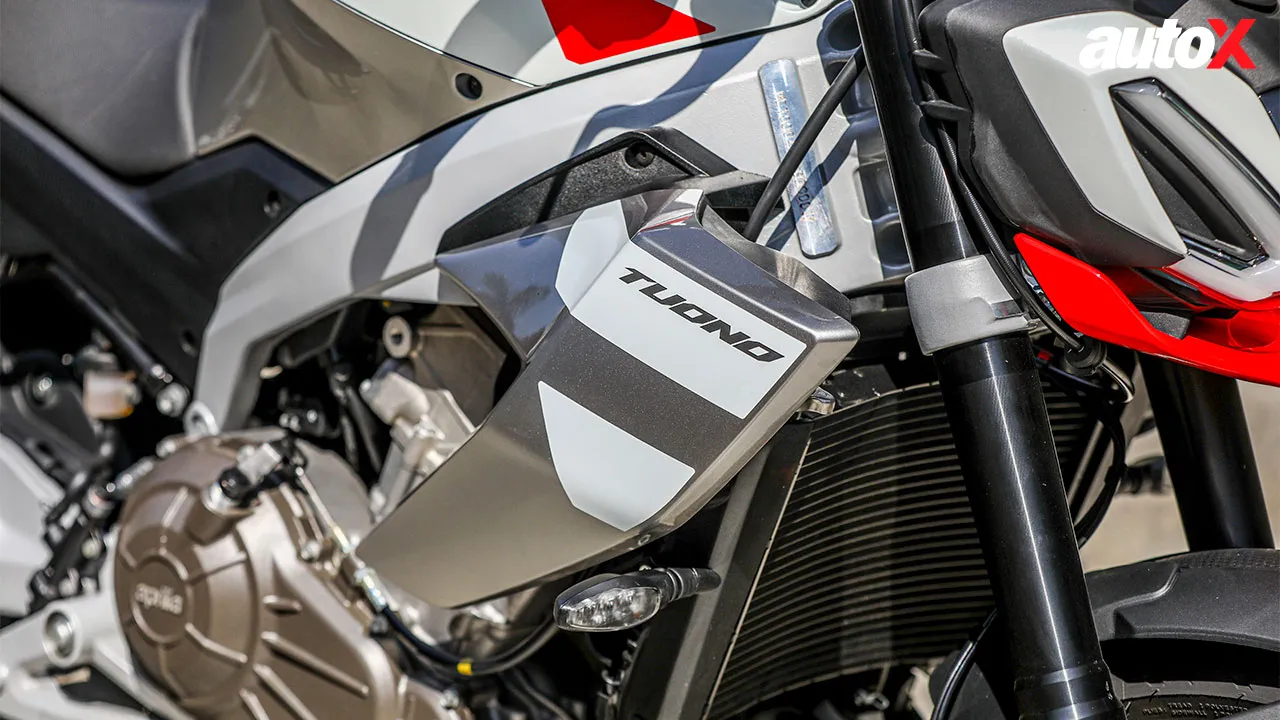
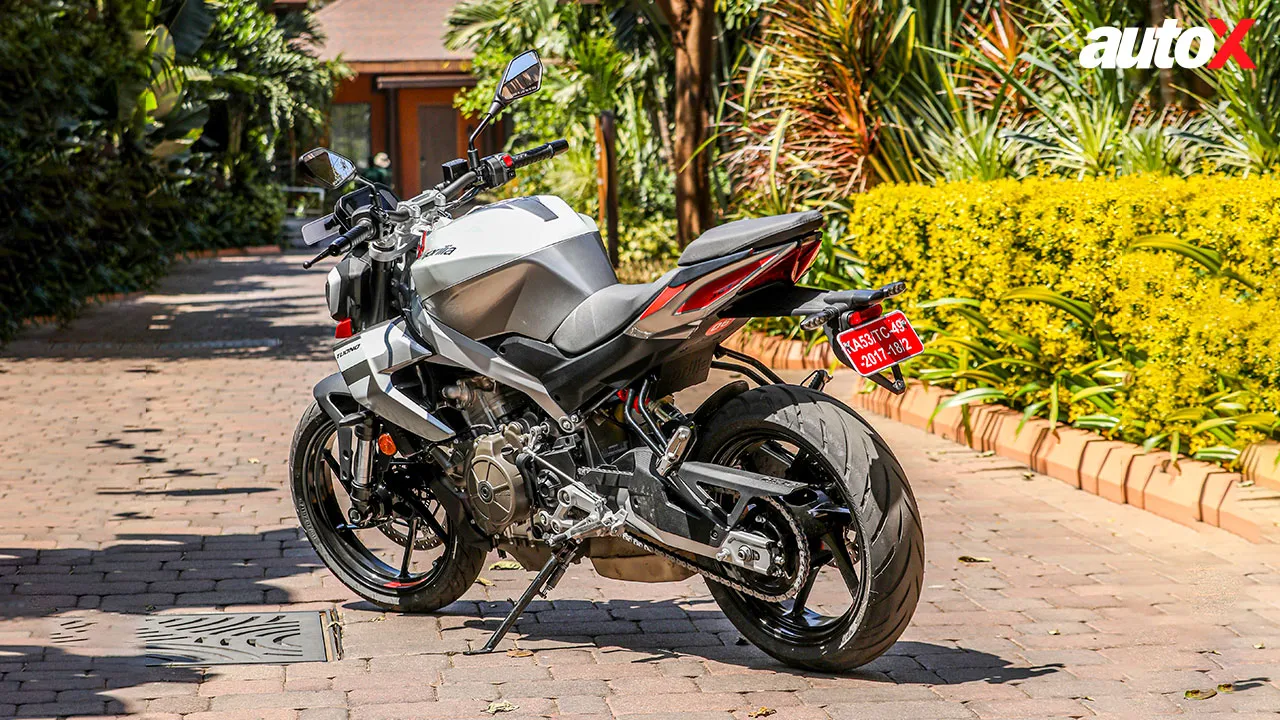
The next big change is the wide, tall handlebar, which replaces the racy clip-ons of the RS 457. This provides more leverage and room for the rider. That said, the foot-peg position and the seat haven’t been updated, which means that you still sit in a slightly forward-leaning posture. At 5’9” (or thereabouts), I didn’t find this to be a problem, but taller riders may find the rider’s triangle a bit tight.
The tank has been redesigned, although it has more or less the same capacity (12.7 litres vs 13 litres). The kerb weight remains unchanged at 175kg. This may come as a surprise to some, but Aprilia says that the headlamp unit and handlebar offset the weight savings from losing the fairing. Plus, the exhaust now houses extra sensors to comply with OBD2B regulations.
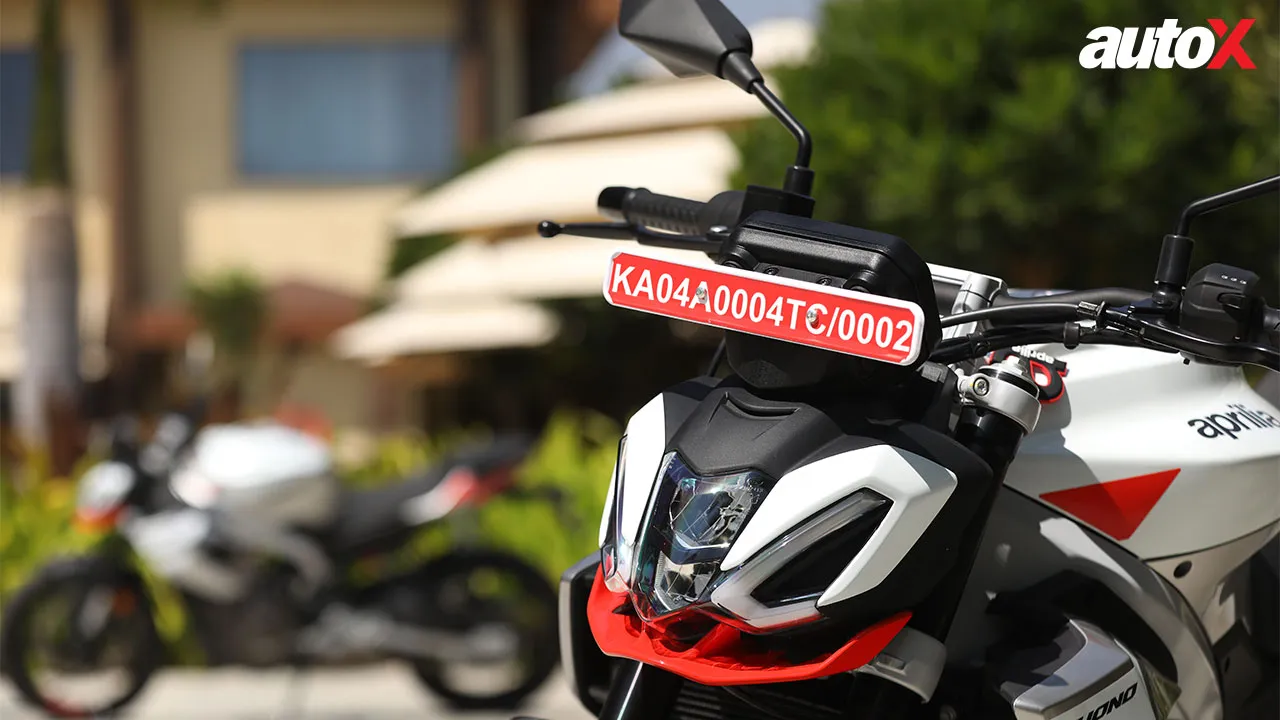
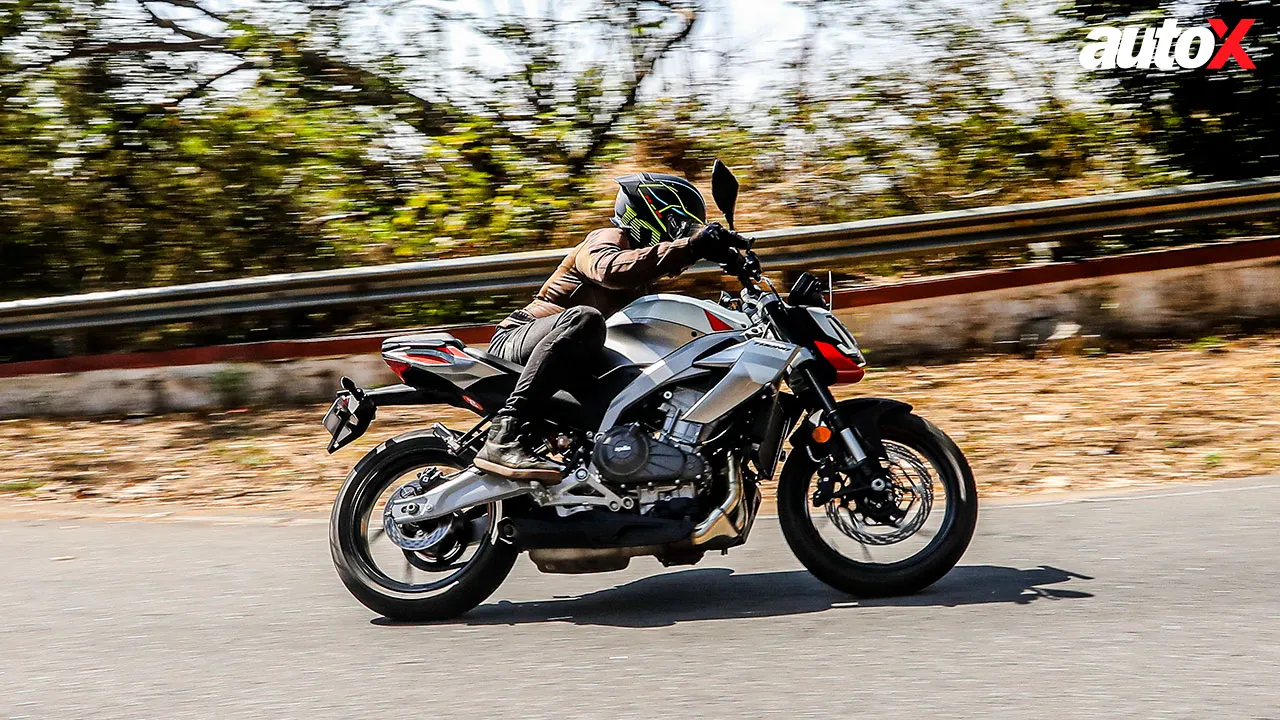
The quality of switchgear is impressive – just like on the RS 457 – and the Tuono also retains the same 5.0-inch TFT display as its fully-faired sibling. It also gets the same set of electronics, including three riding modes, switchable ABS, and three levels of traction control. Unlike the RS 457, which gets three liveries to choose from, the Tuono comes in only two shades – Piranha Red and Puma Grey. Between the two, I prefer the latter, for it does a better job of highlighting the Tuono’s design elements.
Thunder-current
On the mechanical front, the Tuono is powered by the same 457cc parallel-twin engine as the RS 457, churning out identical power and torque figures – 47bhp and 43.5Nm. The 6-speed gearbox – with the optional bi-directional quick-shifter – is the same, and so are its ratios. What has changed crucially though is the final drive – the Tuono’s rear sprocket features a tooth more than the RS 457’s (44T vs 43T), giving it snappier acceleration at low revs. According to Aprilia, the Tuono is quicker to hit 50km/h from a standstill than the RS, although its 0 – 100km/h is slower by around a second.
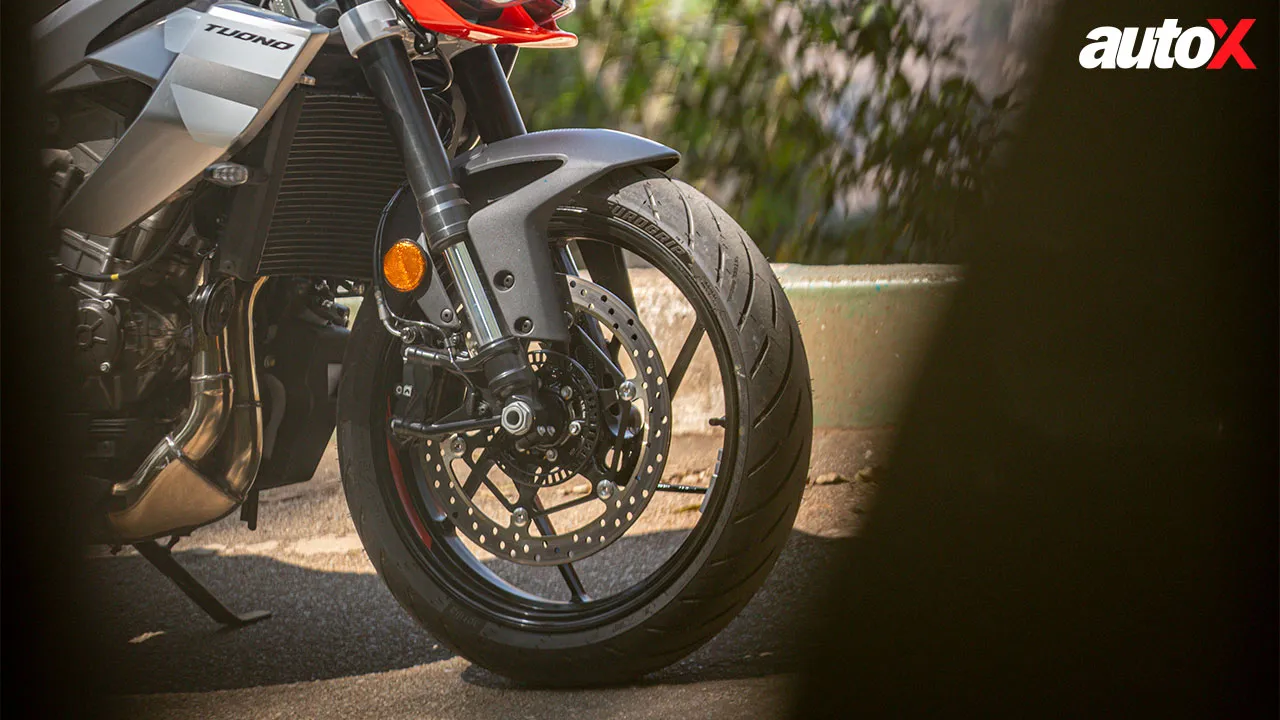
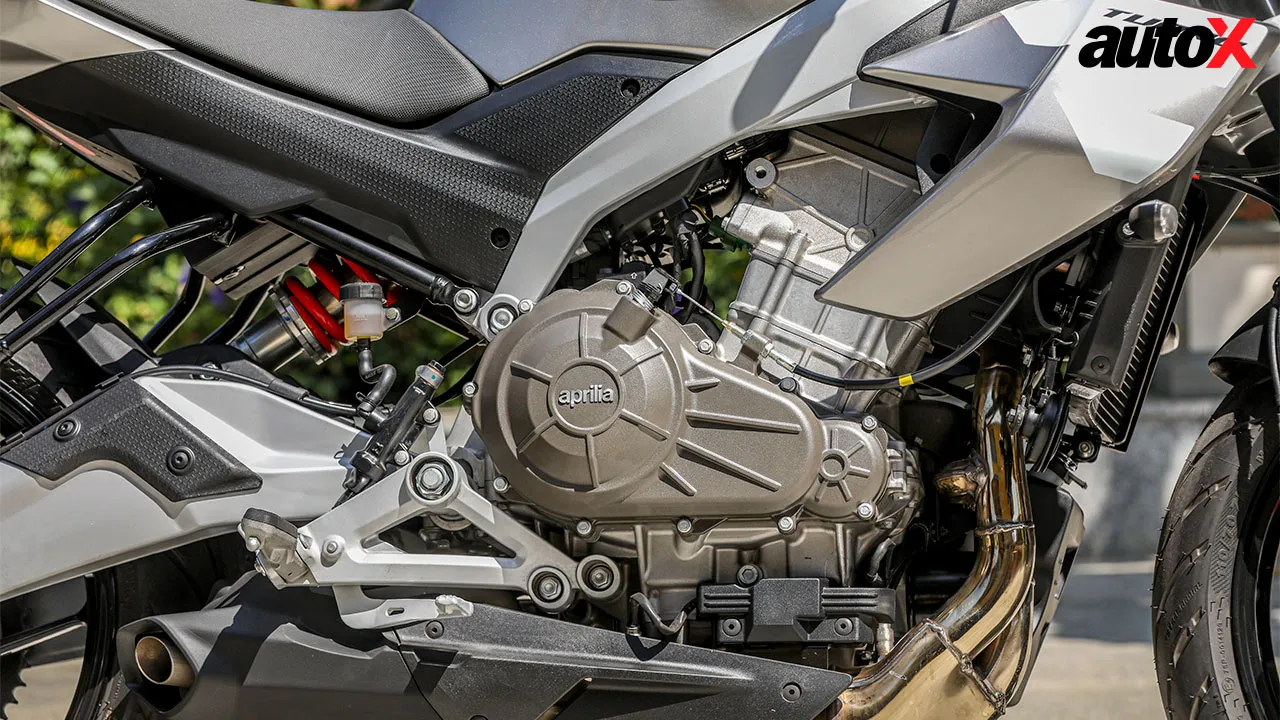
Once on the move, the Tuono offers the same heady performance that made us such big fans of the RS 457. The parallel-twin motor has a bottomless pit of torque – or so it seems – because every time you twist the throttle, it all comes gushing out. Not to mention, the throaty induction noise and the deep baritone of the exhaust make for a spine-tingling experience. The acceleration is brutal, and the Tuono lunges forward like a scalded cat after each gear shift. And since it’s a naked bike, you can feel the front end go light every time you crack open the throttle after a shift. It’s a lively, mischievous thing, this!
Now, while we didn’t time the Tuono 457’s 0-100km/h acceleration, it was evident that it’s a wee bit slower compared to the RS 457, thanks to its slightly compromised top-end in each gear because of the bigger rear sprocket, and minimal wind protection. However, Aprilia claims that the overall top speed remains unaffected, which means that you should still be able to hit 180km/h or thereabouts, provided you find a long, empty stretch of road. That said, brace yourself for an unforgiving windblast.
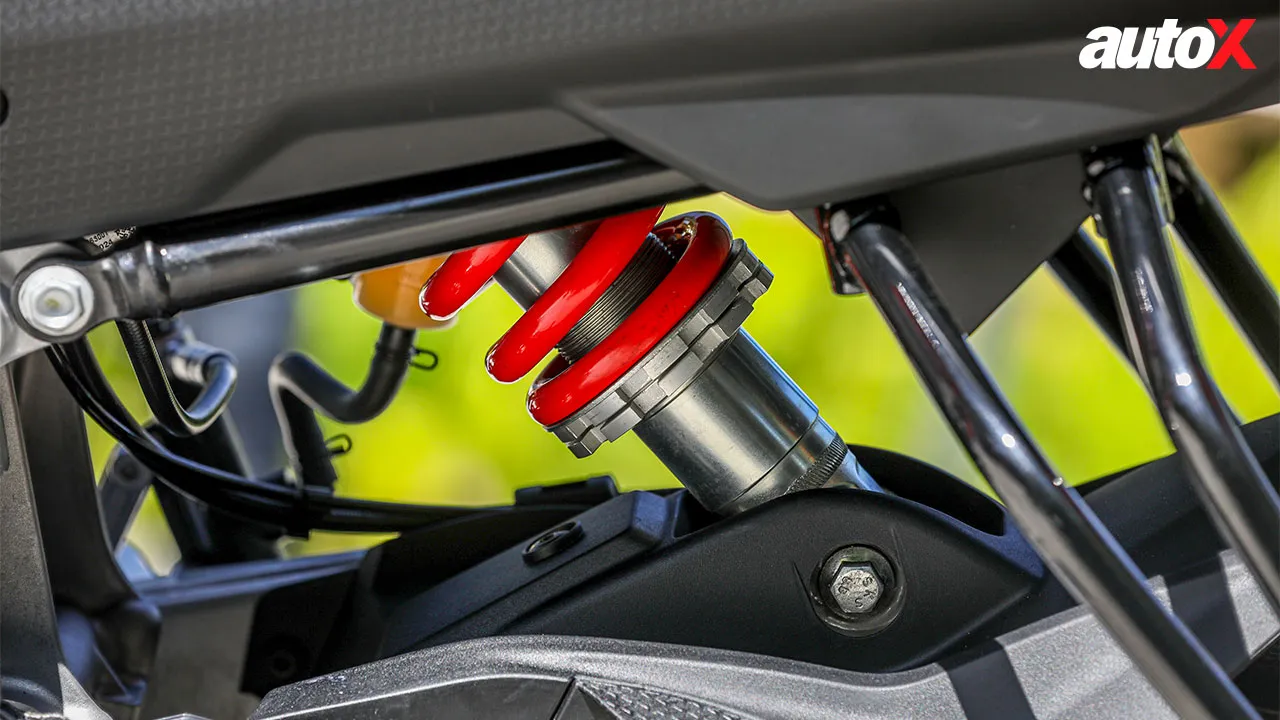
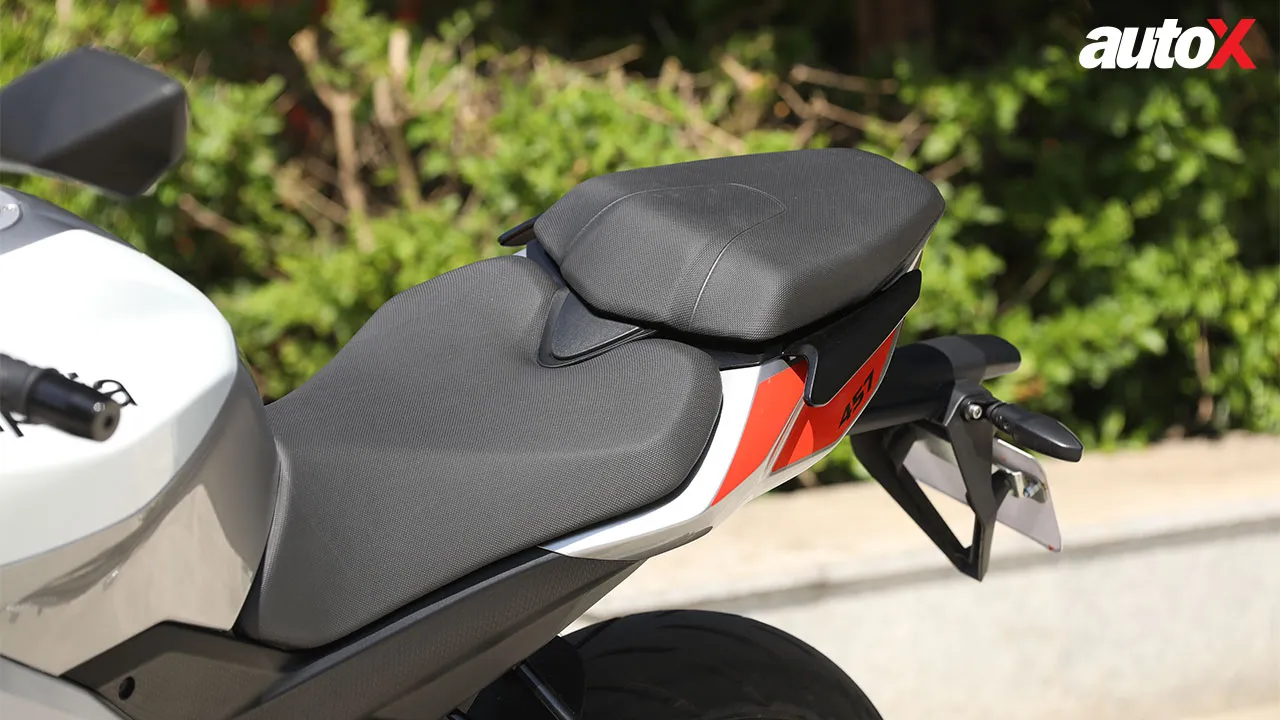
As for NVH levels, the Tuono’s parallel-twin motor is a smooth operator until about 6,000rpm. Post that, it does tend to jingle and jangle, with vibrations creeping through the handlebar and even levers. However, if you ask me, I’d say these are good kinds of vibrations – ones that add to the bike’s character. Besides, when you’re wringing this twin motor’s neck at 10,000rpm, the rush of speed is so intoxicating that the vibrations are the last thing on your mind.
Friendly Fire
The Tuono features the same aluminium frame, along with the pre-load adjustable front and rear suspension comprising a 41mm upside front fork & a rear monoshock, respectively. The wheel size, tyres, wheelbase, rake, and trail also remain unchanged. Yet, despite these similarities, the Tuono’s handling feels markedly different, all thanks to its handlebar and upright ergonomics.
The Tuono is an easy motorcycle to get to grips with, especially when you’re riding in the city. The seat height of 800mm – identical to that of the RS 457 – allows shorter riders to flat-foot with ease, while leverage from the handlebar makes slicing through tight gaps effortless. The ride quality isn’t exactly plush, since the suspension setup hasn’t been altered much, but it does feel relatively more absorbent on our bad roads. The ride quality is jittery at low speeds, especially when the road surface isn’t silky smooth.

Throw the Tuono around a bend, and it doesn’t disappoint. The front end offers incredible feedback, the turn-in is scalpel-sharp, and it tracks corners with near-telepathic precision. Compared to the RS 457, which sometimes feels twitchy, I found the Tuono to be more planted and composed. Similarly, mid-corner bumps don’t upset the motorcycle – something that I have noticed and experienced with the RS 457 on multiple occasions. Frankly speaking, I found the Tuono’s handling to be more confidence-inspiring on our imperfect roads than the RS 457’s keep-you-on-the-edge theatrics.
As for its braking performance, it has the same hardware as the RS 457 – 320mm front disc with a 4-piston calliper and 220mm rear disc with a single-piston calliper. I found the brakes to be adept at halting the momentum confidently as and when needed. During the ride, some riders / journos reported brake fade, but honestly, I didn’t experience any. And trust me I was riding it hard and fast in the hills, for it is a motorcycle that begs to be ridden fast and redlined at every opportunity.
Verdict
The Tuono 457 builds on the same virtues as the RS 457, so it was almost a foregone conclusion of sorts that it would be a stellar motorcycle. And after riding it, I can confirm – that’s exactly the case. At ₹3.95 lakh (ex-showroom), it’s substantially more affordable than the RS 457 (₹4.20 lakh). And if you think about it logically, it gets all the goodies of the RS 457 but in a friendlier, more useable package.
So, would it be fair to say that the Tuono 457 is better suited for our riding conditions? Absolutely! But does that mean I would pick it over the RS 457? Well, that’s where it gets tricky. Objectively, it’s the better motorcycle of the two, but it doesn’t quite have the appeal of its fully-faired sibling. And that face? Well, let’s just say that it will take some time to grow on me.
As luck would have it, I find myself in love with both these Aprilias – yet still unable to decide which 457 to buy. And if I wait any longer, my dilemma is going to get even worse, for the Tuareg 457 is already in the works. Although, if I have to be honest, it's a pretty good problem to have, isn't it?
----
The turn-in is scalpel-sharp, and it tracks corners with near-telepathic precision
Engine: 457cc / Parallel-Twin Liquid-Cooled
Transmission: 6-speed
Power: 47bhp
Torque: 43.5Nm
Fuel: Petrol
Price: ₹3.95 Lakh Ex showroom
X-Factor: With its stellar performance, sharp handling, and street-friendly ergonomics, the Tuono 457 is an everyday thriller, and then some!
|
Pros |
Cons |

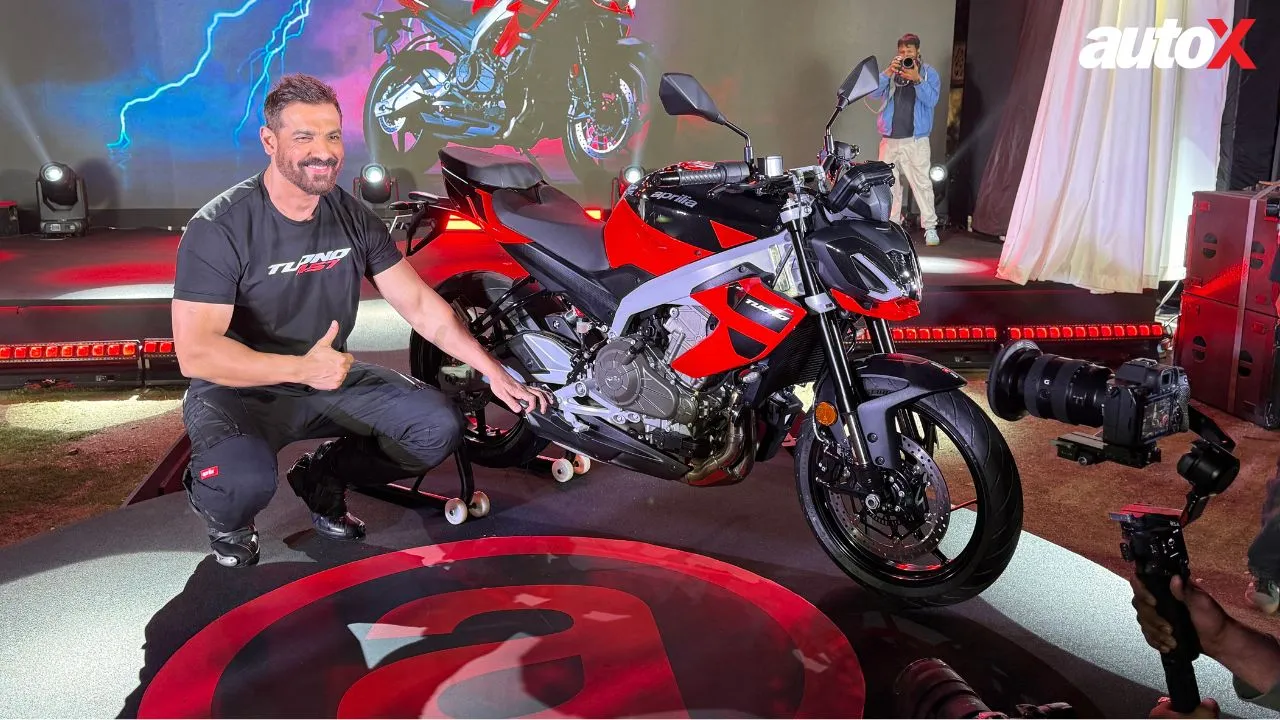
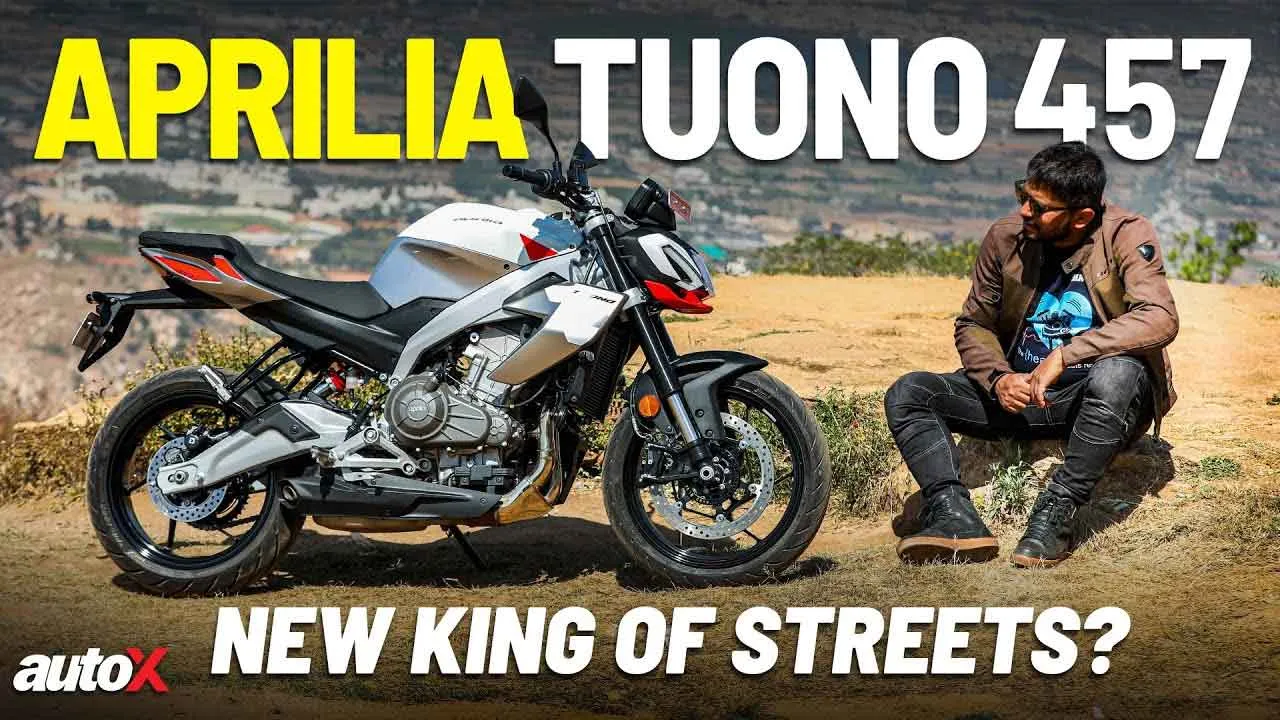
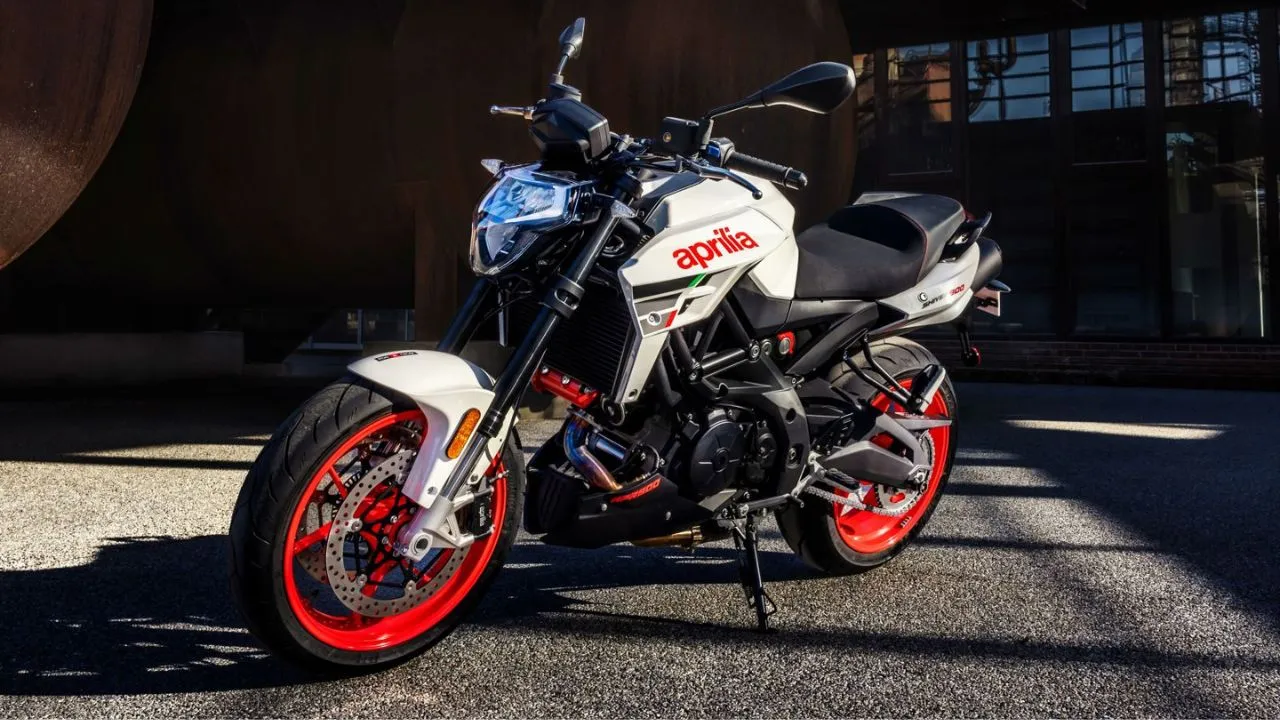
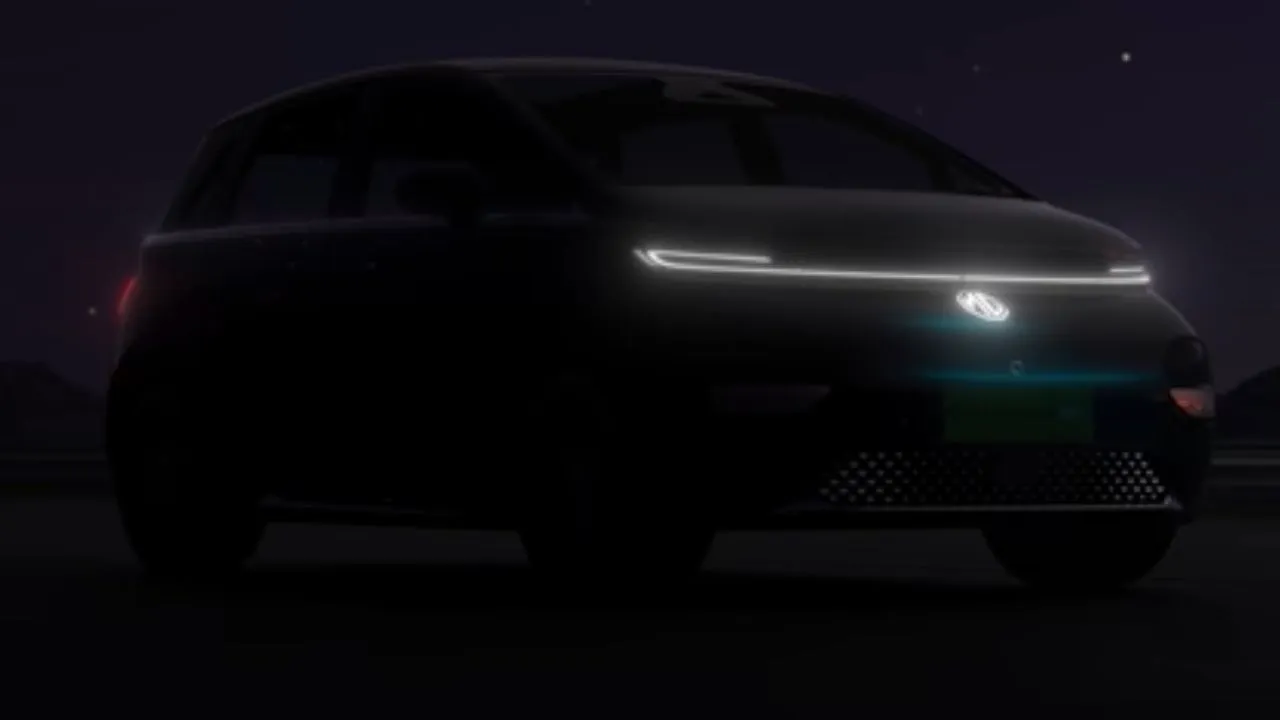
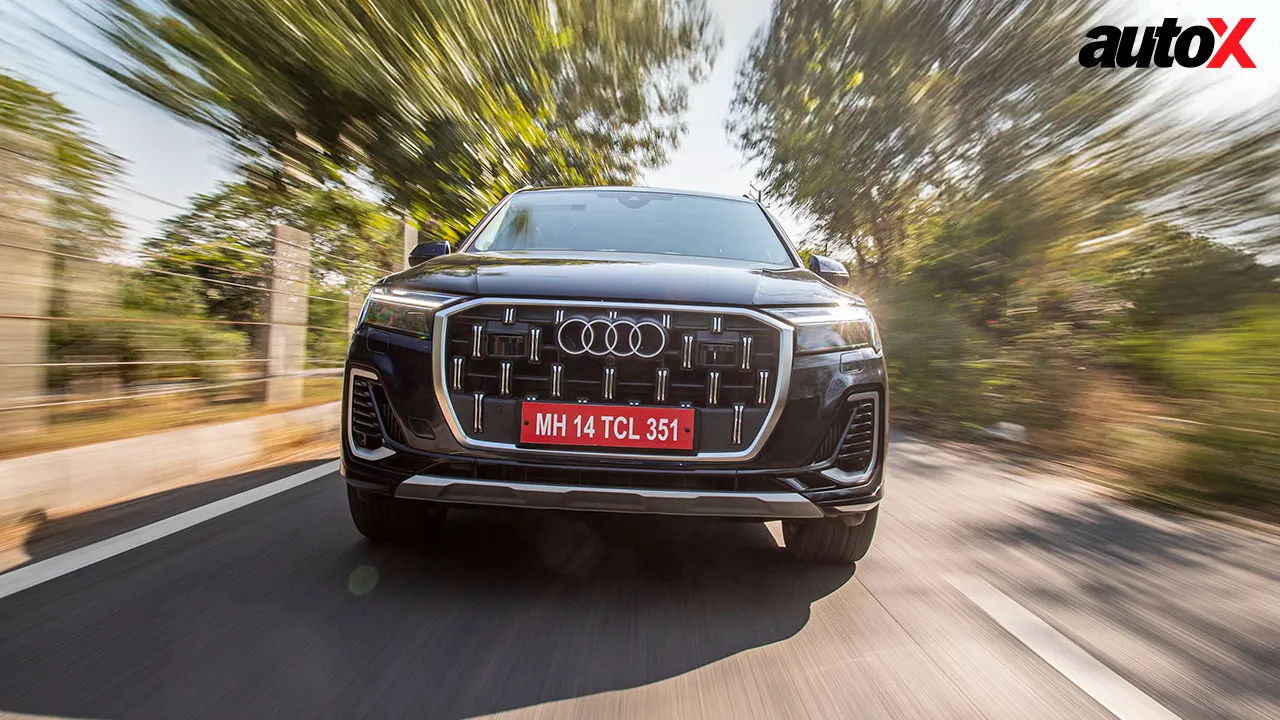


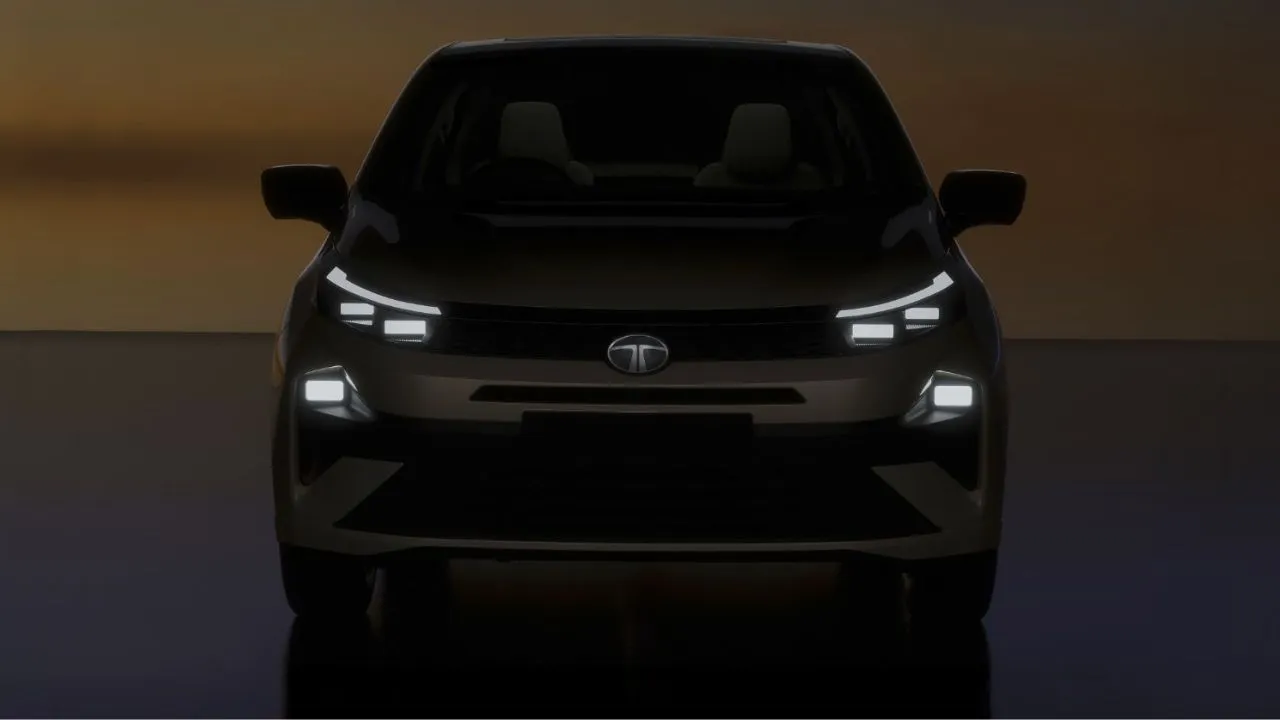
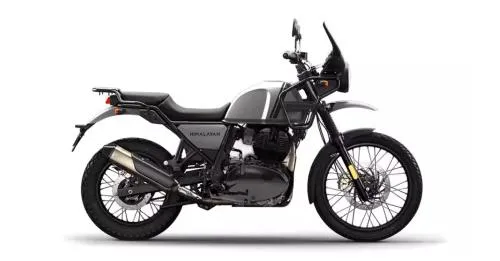
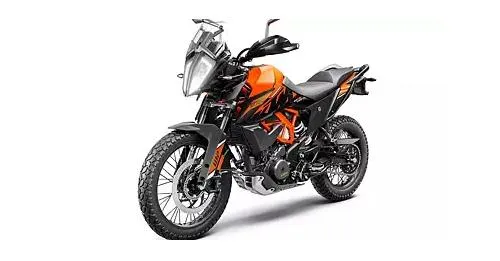
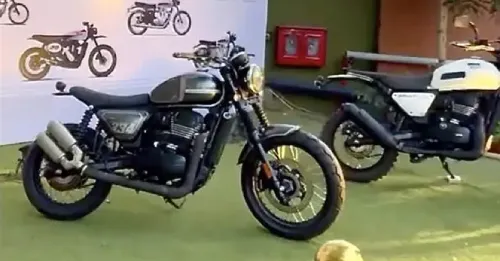
















Write your Comment on